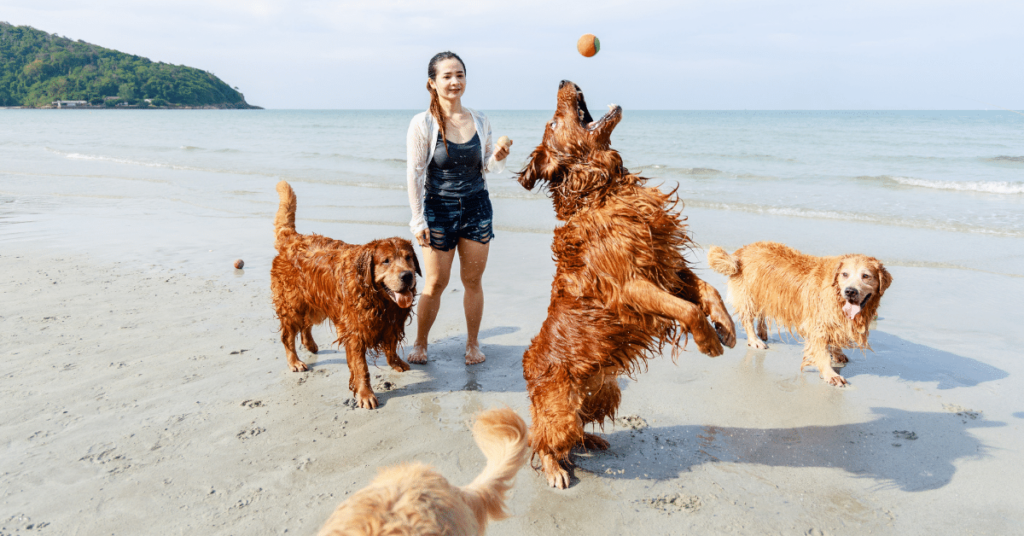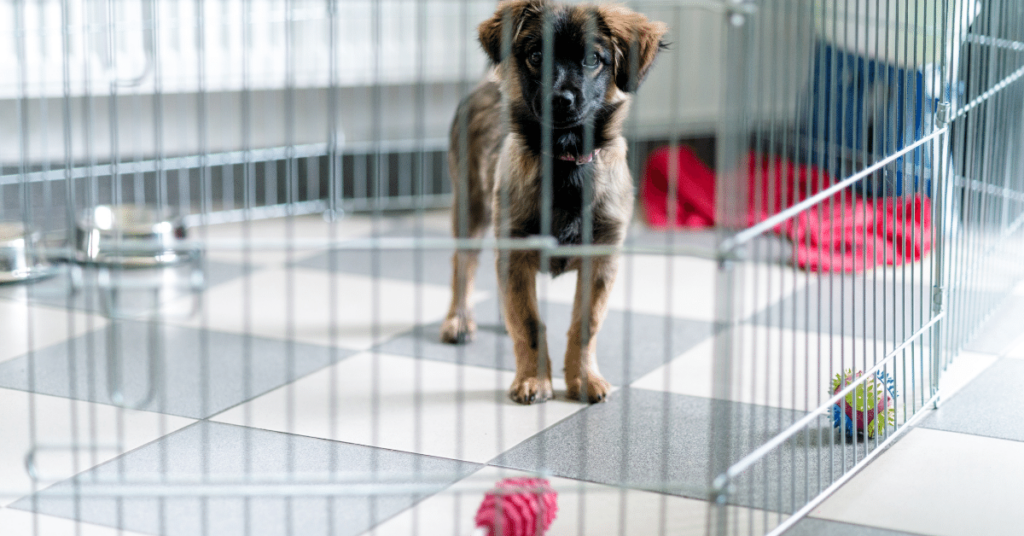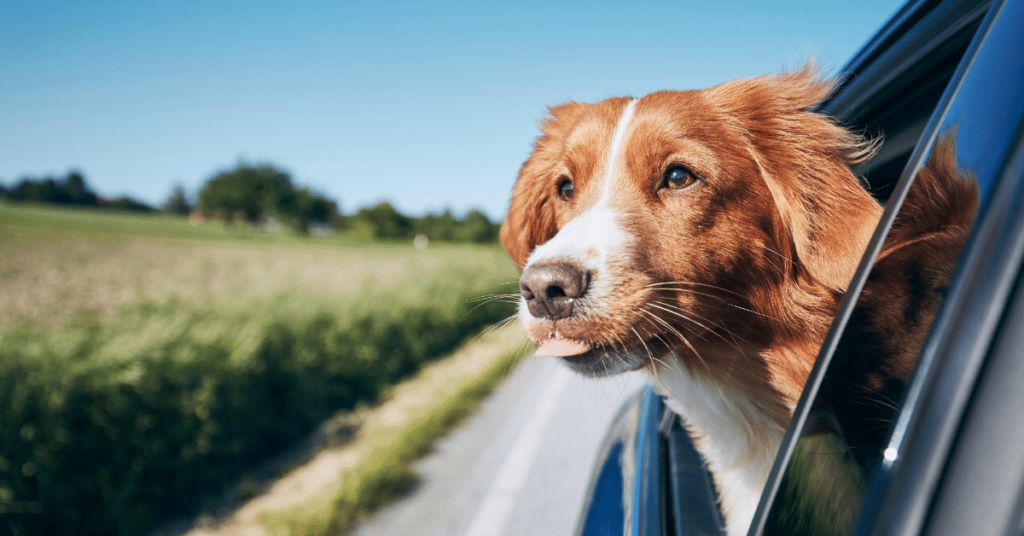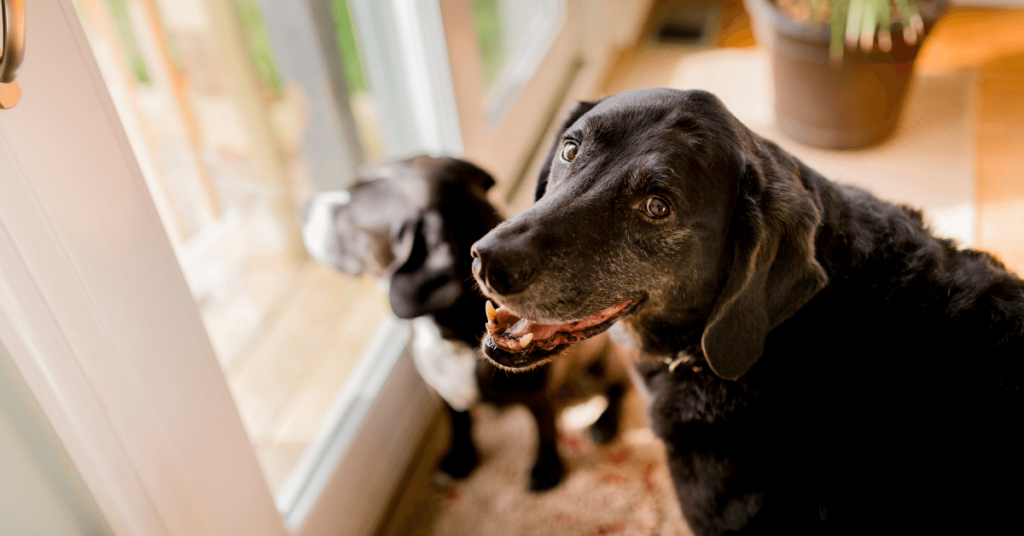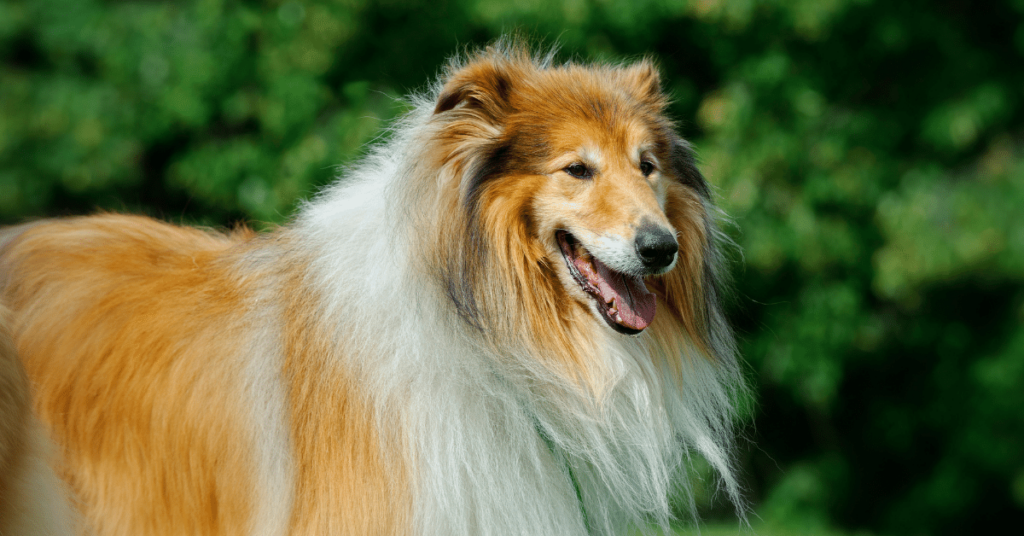Introduction
Socializing your pet is an essential part of their overall well-being. Encouraging positive interactions with other animals not only helps to improve your pet’s behavior but also fosters a sense of companionship and happiness. In this article, we will provide you with helpful tips and strategies to ensure successful introductions and positive socialization experiences for your furry friend.
Understand the Importance of Socialization
Socialization plays a crucial role in shaping your pet’s behavior and temperament. By familiarizing them with different animals and environments, you can help your pet develop confidence, reduce fear or anxiety, and prevent aggressive behavior. Proper socialization also aids in preventing future behavioral problems, making it an essential aspect of pet care.
Start Early
The earlier you begin socializing your pet, the better. Puppies and kittens have a critical socialization period between 3 to 14 weeks of age, during which they are most receptive to new experiences and less likely to develop fear or aggression. However, adult pets can also be socialized, although it may take more time and patience.
Begin with Familiar Animals
When starting the socialization process, it’s best to introduce your pet to familiar animals in a controlled environment. Begin with animals that your pet already knows, such as siblings or close relatives. This will provide a sense of security and help build a positive association with other animals.
Supervise the Interactions
Always supervise the interactions between your pet and other animals, especially during the initial stages. Observe their body language and intervene if necessary to prevent any aggressive behavior. It’s essential to create a safe and positive environment for your pet to interact and communicate with other animals.
Use Positive Reinforcement
Positive reinforcement is a highly effective method for encouraging positive interactions. Reward your pet with treats, praise, and affection when they display calm behavior or respond well to socialization efforts. This will help reinforce the desired behavior and make your pet more comfortable in the presence of other animals.
Gradually Increase Exposure
After successful introductions with familiar animals, gradually increase the exposure to different animals and environments. Expose your pet to a variety of species, sizes, and ages to ensure they become comfortable interacting with all types of animals. Consider visiting dog parks, attending obedience classes, or arranging controlled playdates with other pet owners.
Take Small Steps
When introducing your pet to new animals, take small steps to avoid overwhelming them. Start with brief controlled interactions and gradually increase the duration and intensity. Allow your pet to set the pace, and never force them into situations that make them uncomfortable. Patience and gradual progress will ultimately lead to positive socialization experiences for your pet.
Seek Professional Help if Needed
If you’re experiencing difficulties or struggling to socialize your pet effectively, don’t hesitate to seek professional help. A qualified animal behaviorist or trainer can provide guidance, assess your pet’s behavior, and develop a personalized socialization plan. They will have the expertise required to address specific issues and ensure a positive outcome.
Summary
Socializing your pet is an important aspect of responsible pet ownership. By understanding the significance of socialization and following the tips mentioned in this article, you can encourage positive interactions and create a well-rounded and friendly companion. Remember to start early, use positive reinforcement, and gradually increase exposure to different animals. If needed, seek professional help. With patience and consistency, you can successfully socialize your pet and ensure a lifetime of positive interactions with other animals.

